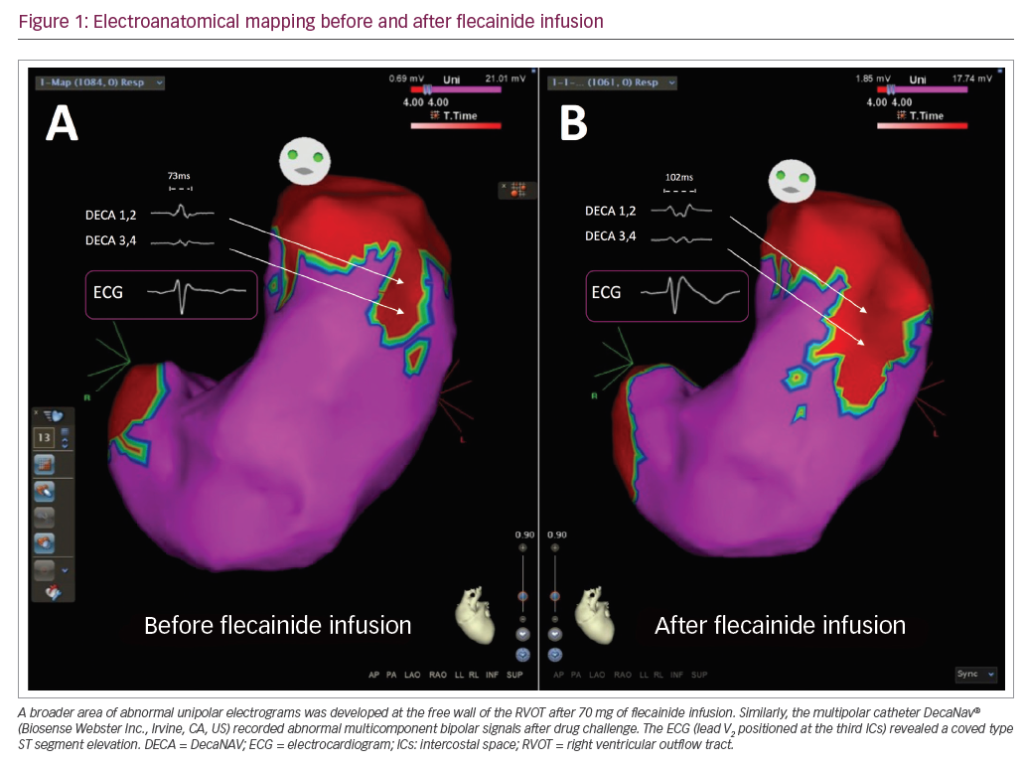Microvascular obstruction after successful fibrinolytic therapy in acute myocardial infarction. Comparison of reteplase vs reteplase+abciximab: A cardiovascular magnetic resonance study
Abstract
Overview
Background. About one third of patients with TIMI 3 after reperfusion have evidence
of microvascular obstruction (MO) which represents an independent predictor of myocardial
wall rupture. This explains all efforts made to prevent MO. Magnetic resonance imaging
(MRI) has proved to be particularly useful in detecting MO. The aim of this study was to evaluate
with MRI if different fibrinolytic regimens in acute myocardial infarction display different effects
on left ventricle (LV) volumes and ejection fraction (EF), as well as on myocardial infarct size
(MIsz) and MO.
Methods. Twenty male patients, mean age 58 years, affected by acute myocardial infarction, ten
anterior and ten inferior, were treated with: full dose reteplase in ten, and half dose reteplase plus
full dose abciximab (R+Abcx) in the other ten patients. In the fourth day after hospital admission,
MRI STIR T2 images were used to quantify MIsz, while 2dflash cineloops were used after the injection
of gadolinium, to quantify LV volumes, EF and to detect MO.
Results. LV EF was higher in R+Abcx 51±10 than in reteplase 41±8. MIsz was similar in both
treatment groups: however a close relationship was present between MIsz and EF in the
reteplase group indicating that the greater the MIsz the lower the EF. In R+Abcx this relationship
was no longer present, suggesting a protective effect of the drug on microcirculation. In fact extensive
MO was present in 25% of all cases, 80% of which in the reteplase group while only 20%
in R+Abcx.
Conclusion. R+Abcx prevents MO: compared to traditional fibrinolytic therapy it allows better
LV function and most likely improved long term survival. (Heart International 2006; 2: 54-65)
Keywords
Magnetic resonance, Myocardial infarction, Microvascular obstruction
Article Information
Correspondence
Antonello Zoni, MD, Heart Department, University Hospital of Parma, Via Gramsci, 14, 43100 Parma – Italy, antonello.zoni@libero.it
Further Resources

Trending Topic
As of the publication of this article, the coronavirus disease 2019 (COVID-19) infection has affected over 400 million people around the world and caused over 6 million deaths.1 Although COVID-19 infection predominantly affects the respiratory system, studies have described a wide spectrum of cardiovascular manifestations, including asymptomatic myocardial injury, myocardial infarction and myocarditis.2 Echocardiography is an easily […]
Related Content in Imaging

More than half of acute coronary syndromes (ACS) occur in subjects with no significant coronary stenosis.1 In view of the number of patients dying each year from a heart attack, the question of identifying these patients is of primary importance. ...

Left main Stenosis Stenting Normalizes Wall Shear Stress of Ascending Aorta in Bicuspid Aortic Valve
Bicuspid aortic valve (BAV) represents the most common congenital cardiac anomaly, with a prevalence ranging between 1% and 2% in the general population.1 BAV is known to be associated with dilation and dissection of the ascending aorta, and the significantly higher shear ...

Anomalous coronary arteries originating from the opposite sinus of Valsalva (ACAOS) is one of the most clinically relevant abnormalities among the wide spectrum of coronary artery anomalies.1 Sudden cardiac death has been related to myocardial bridges, ectopic origin of the ...

Introduction: The restriction of activation mapping to the ventricular surface of contemporary mapping systems often leads to failure to correctly identify the true site of origin (SOO) of intramural and/or sub-epicardial Vas and lower procedural success. Electromechanical wave imaging (...

Introduction: Leadless left ventricular (LV) endocardial pacing with the WiSE-CRT System (EBR Systems Inc) is a novel treatment in the field of cardiac resynchronization therapy (CRT). The system was designed to provide lateral wall LV pacing (LVP) in response to ...

Background: The spatial resolution of a mapping catheter is determined by factors such as the quantity of electrodes, their inter-electrode spacing, and the various configurations in which they are utilized. These factors impact the interpretation of wavefront dynamics during cardiac ...

Background: Obesity-related cardiac remodelling may be reflected through electrocardiogram (ECG) changes. Based on this premise, we hypothesised that an artificial intelligence (AI)-ECG model could be trained to predict body mass index (BMI), and that the difference between AI-ECG predicted ...

Athletes represent the fittest individuals in our society, yet paradoxically carry an increased risk of sudden cardiac death (SCD) when compared to sedentary individuals with the same cardiac disease.1,2 Two recent studies have provided a realistic prevalence of young SCD ...

Sudden cardiac death arises from the unexpected stopping of the heart and is associated with up to a half of cardiovascular deaths. We discuss with Professor Martin Borggrefe how to identify patient populations at risk of sudden cardiac death (...

Brugada syndrome (BrS) is a genetic arrhythmia syndrome with increased risk of sudden cardiac death. Unmasking a type I BrS electrocardiogram (ECG) pattern after administration of sodium channel blockers may be associated with an increase in epicardial substrate abnormalities. We ...
Latest articles videos and clinical updates - straight to your inbox
Log into your Touch Account
Earn and track your CME credits on the go, save articles for later, and follow the latest congress coverage.
Register now for FREE Access
Register for free to hear about the latest expert-led education, peer-reviewed articles, conference highlights, and innovative CME activities.
Sign up with an Email
Or use a Social Account.
This Functionality is for
Members Only
Explore the latest in medical education and stay current in your field. Create a free account to track your learning.

